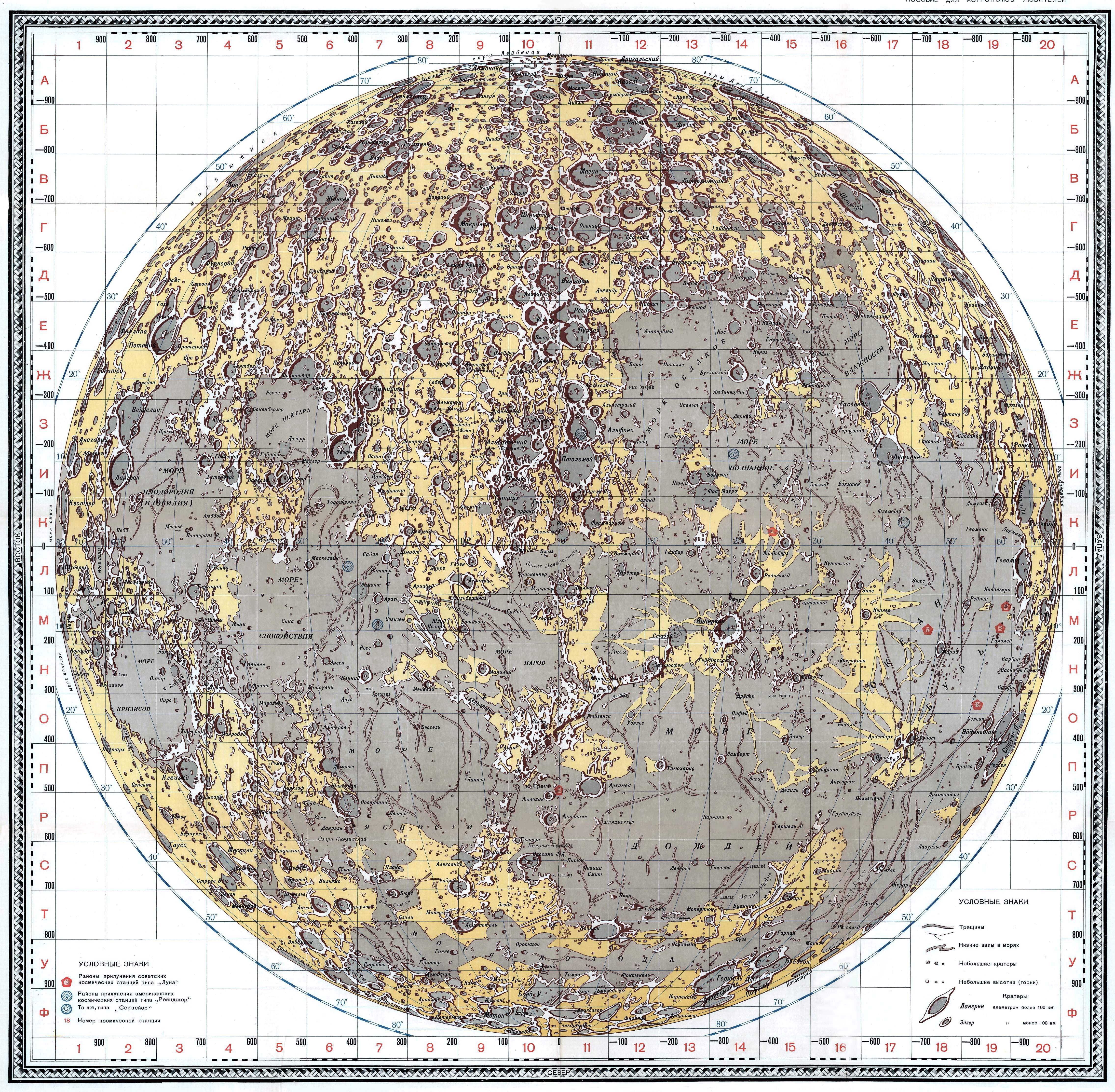

"The atlas covers the whole of the Moon’s far side. General readers graduate students, researchers, and faculty." (D. … an excellent reference of interest both to professionals and to laypersons who appreciate the intricate patterns and beauty of lunar topography. "The atlas is divided into a number of chapters, each of which is introduced with an overview of a selected region, followed by detailed images and brief comments about significant features. All things considered, this is a thoroughly recommended lunar work." (Peter Grego, BBC Sky at Night, March, 2008) … Byrne, who worked on the Lunar Orbiter programme, has gone through the archives thoroughly, and his choice of images is excellent. "This book covers the Moon’s dark side, and showcases many of the features imaged by the five US Lunar Orbiter probes of the mid 1960s. But I also await a more homogeneous future atlas, perhaps compiled from Kaguya, Chang’e, and dare I hope, SMART-1 images. I am happy to add the new Byrne to my lunar library. But saying only professionals might need it ignores amateur astronomers and other dreamers who routinely buy books showing gorgeous views of features on Mars, which they will never see at the telescope.
THE MOON ATLAS OF THE MOON PROFESSIONAL
Few people other than professional lunar researchers probably need an atlas of the farside of the Moon, although it would spark interesting conversations when visitors spied it on a coffee table. But the image scale varies from page to page, and it is difficult to find the pages for a feature of interest without using the names index.
/thumb.jpg)
This Guide has the same advantages and drawbacks – it has a whole hemisphere of images in one convenient book, the annoying lines between Orbiter framelets have been removed, and there are interpretive captions. Those familiar with his 2005 Lunar Orbiter Photographic Atlas of the Near Side of the Moon will feel at home in this companion volume. Now Charles Byrne has assembled images from Lunar Orbiter, some from Clementine and a small handful from Soviet and Japanese probes to create a photographic guide to the lunar farside. Partly that is because we have had few good images of it, and the existing ones are hard to use. The farside has remained poorly known and little in the thoughts of either amateur or professional astronomers. "Our name for the half of the Moon that doesn’t face Earth – the farside – conveys a feeling of unreachable distance and strangeness. The photographs of the near side book were taken by a single mission of the Lunar Orbiter project, Lunar Orbiter 4 that was flown in 1967. Together, these books cover the entire Moon in photographs taken by the robotic spacecraft that have done much of their work behind the Moon, out of communi- tion with Earth for half of their orbital periods. It is a companion book to The Lunar Orbiter Photographic Atlas of the Near Side of the Moon, my first book (Byrne, 2005), also published by Springer in 2005. This book is about what we now know of the far side of the Moon, about what the current questions are, and about some possible answers. Some of these secrets will be revealed in the course of future exploration and robotic spacecraft missions. During this time, we have learned much but of course we have asked new questions about secrets still hidden on the Moon. I have been fortunate to live during the period when the far side became visible and has been extensively examined by means that were not even known 50 years ago. It was only in the decade of the 1960s that we have been able to observe it, as opposed to inferring its existence. Throughout human history, the far side of the Moon has been so near, its presence so obvious, and yet so hidden. The nature of the far side of the Moon has always been a mystery.


 0 kommentar(er)
0 kommentar(er)
